Roman Art and Archaeology: Week 12
5.0(1)
Card Sorting
1/30
Earn XP
Description and Tags
Study Analytics
Name | Mastery | Learn | Test | Matching | Spaced |
|---|
No study sessions yet.
31 Terms
1
New cards
consecratio
the act of the Roman Pontifices (priests) declaring something sacred/making it belong to the Gods
2
New cards
paludamentum
a military commander’s cape tied over one shoulder
3
New cards
Anontinus Pius
ruled 138-161; adopted by and succeeded Hadrian
4
New cards
Marcus Aurelius
ruled 161-180; adopted by and succeeded Anontinus Pius
5
New cards
Lucius Verus
ruled 161-169; adopted by Marcus Aurelius but co-ruled with Marcus Aurelius
6
New cards
Commodus
ruled 180-192; succeeded Marcus Aurelius
7
New cards
co-ruling
experiments by Roman emperors to attempt having partnered leadership
8
New cards
Hercules Romanus
the guise of Commodus in Hercules, trying to make himself seem more powerful and victorious by associating with Hercules
9
New cards
Septimus Severus
ruled 193-211; succeeded Commodus
10
New cards
Vatican necropolis
large necropolis built underneath the Vatican, split into elite and non-elite sections, featured “house-front tombs”
11
New cards
hybridity
the fusing of two cultures to create something new, associated with Egyptian and Roman funerary art/practices
12
New cards
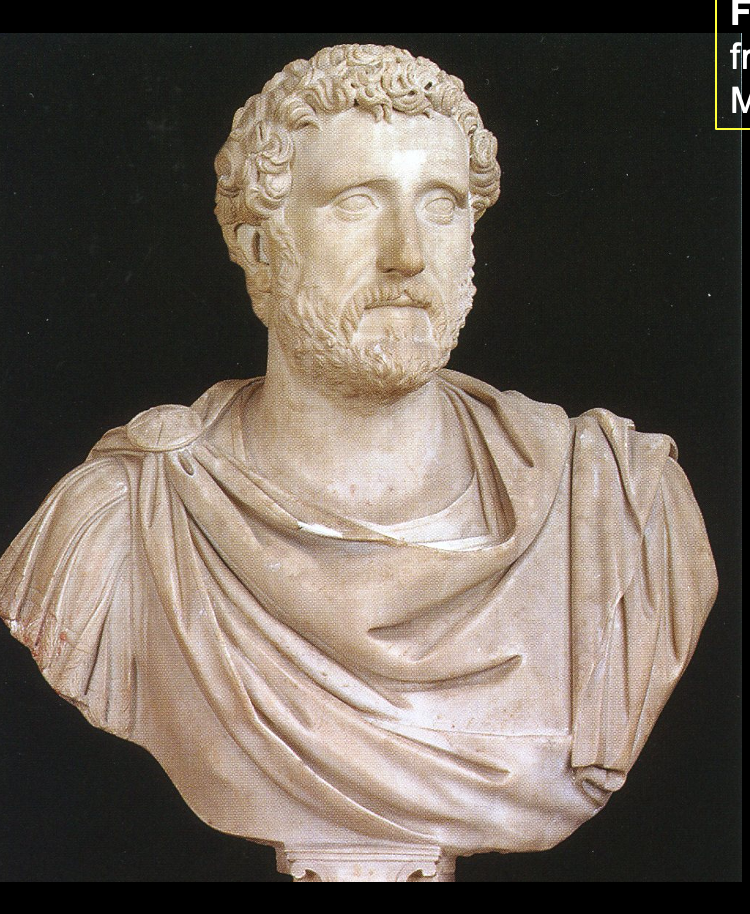
Fig. 14-3 Bust of Antoninus Pius, from Lanuvium, ca. 138–140. Marble
13
New cards
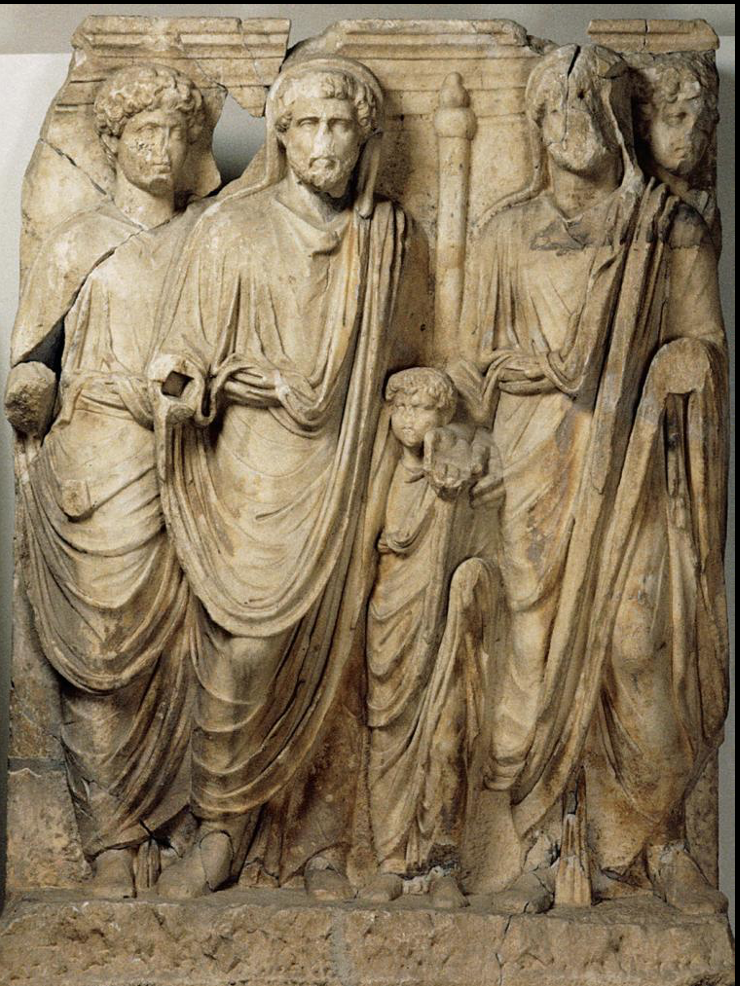
Fig. 14-2 Hadrian and the Antonine emperors, from the Great Antonine Altar, Ephesus, Turkey, ca. 169. Marble
14
New cards
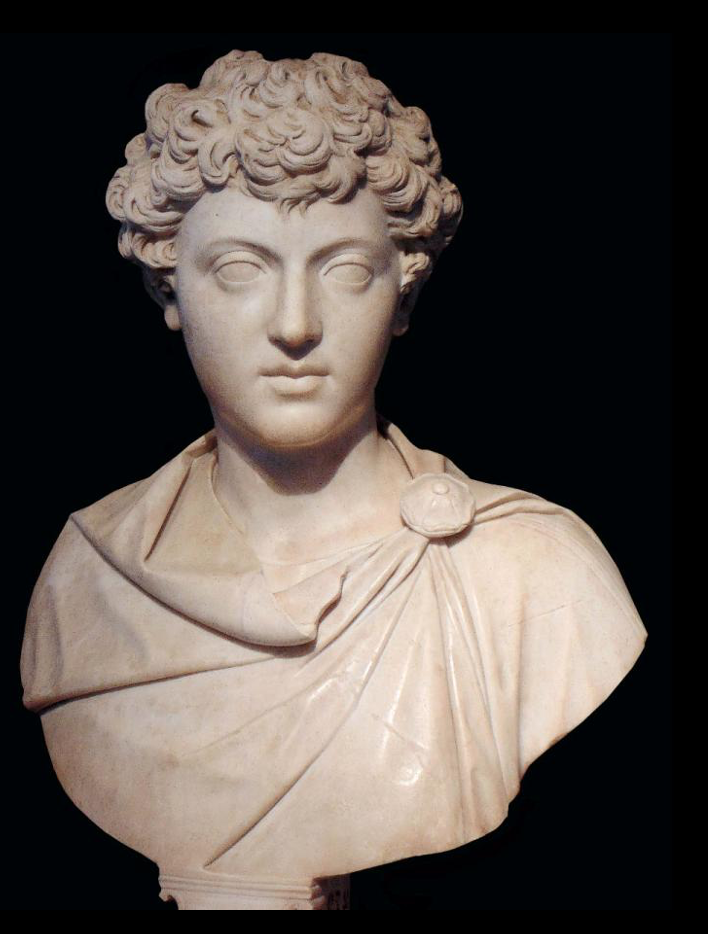
Fig. 14-5 Bust of young Marcus Aurelius, ca. 140. Marble
15
New cards
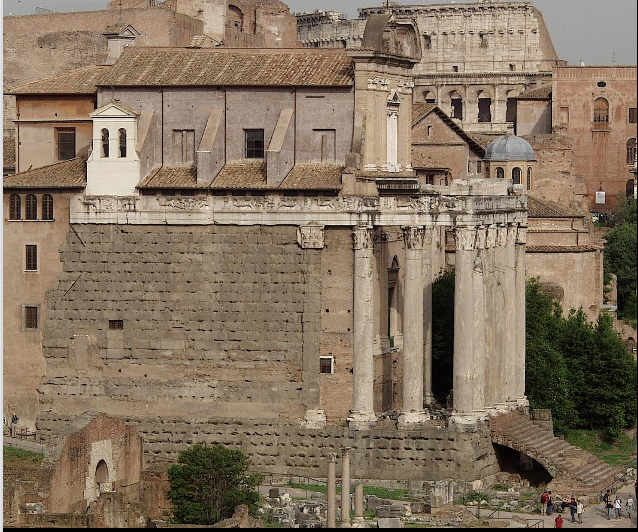
Fig. 14-14 Temple of Faustina the Elder. Via Sacra, Rome, begun 141; rededicated in 161 as the Temple of Antoninus and Faustina
16
New cards

Fig. 14-11 Cuirassed bust of Lucius Verus, from Marengo, 161–169. Silver
17
New cards

Fig. 14-15A Pedestal of the Column of Antoninus Pius, from Piazza Montecitorio, Rome, ca. 161 (know both faces!)
18
New cards
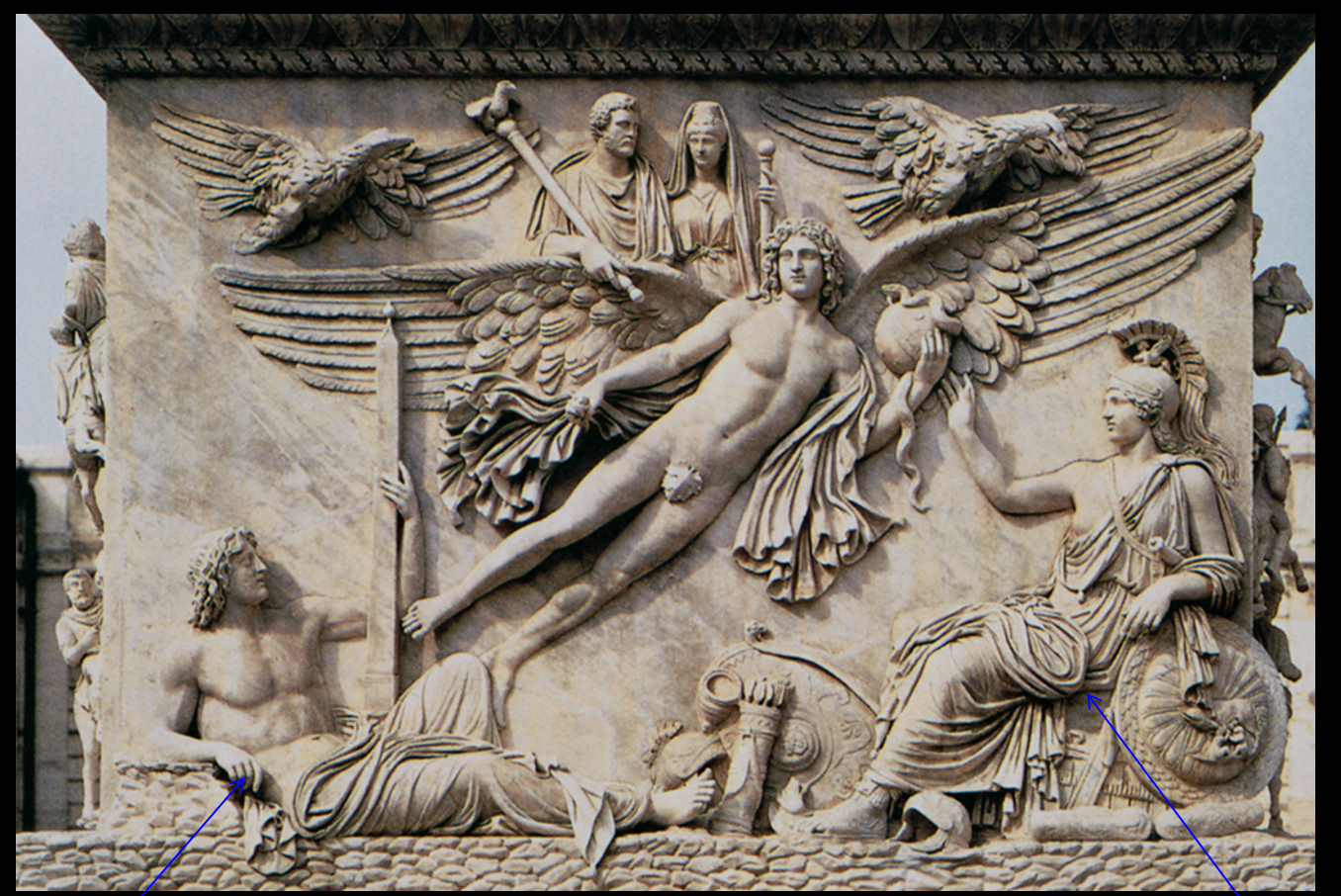
Fig. 14-16 Apotheosis of Antoninus Pius and Faustina the Elder, pedestal of the Column of Antoninus Pius, from Piazza Montecitorio (Fig. 14-15A detail)
19
New cards
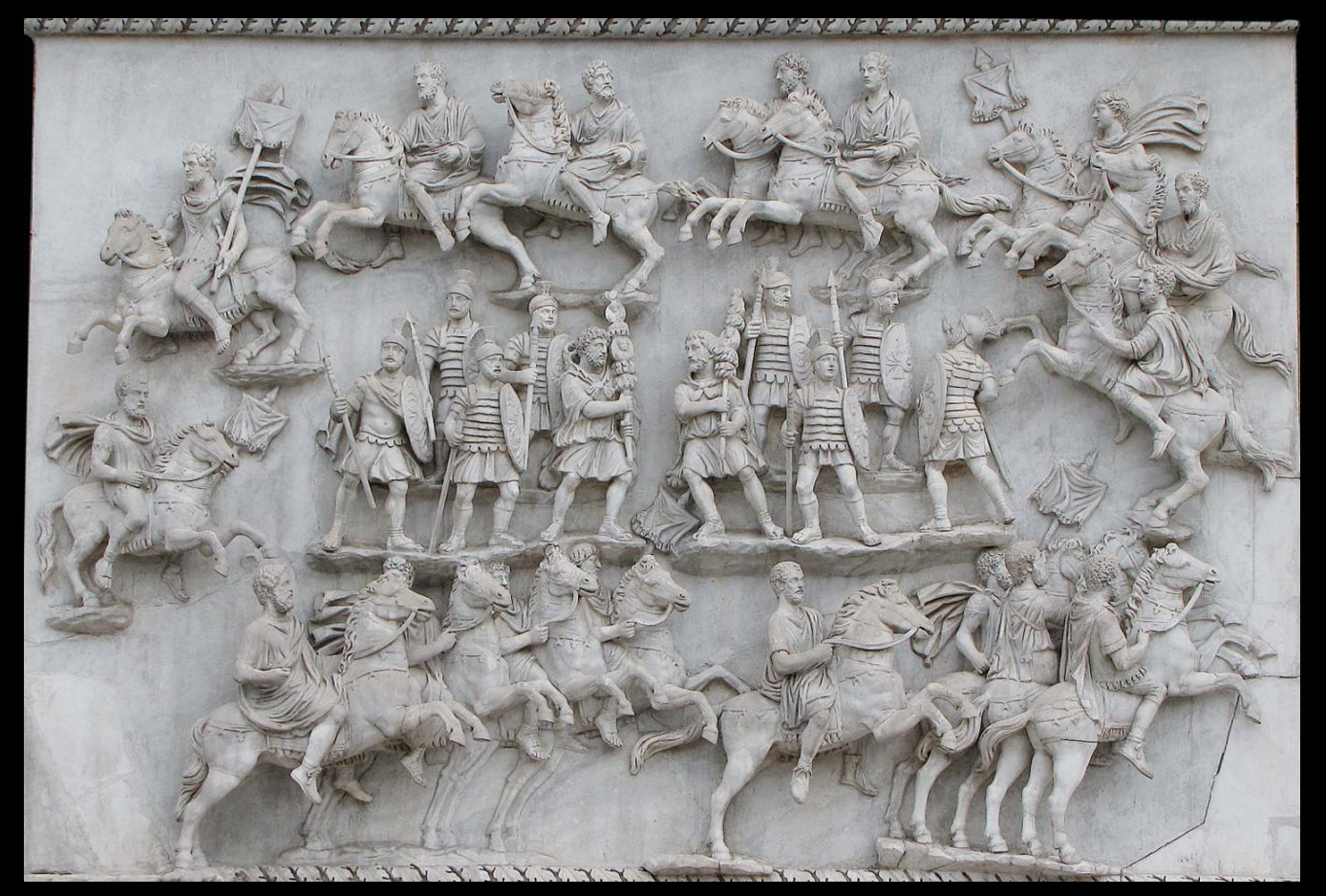
Fig. 14-17 Decursio, pedestal of the Column of Antoninus Pius, from Piazza Montecitorio (Fig. 14-15A detail)
20
New cards
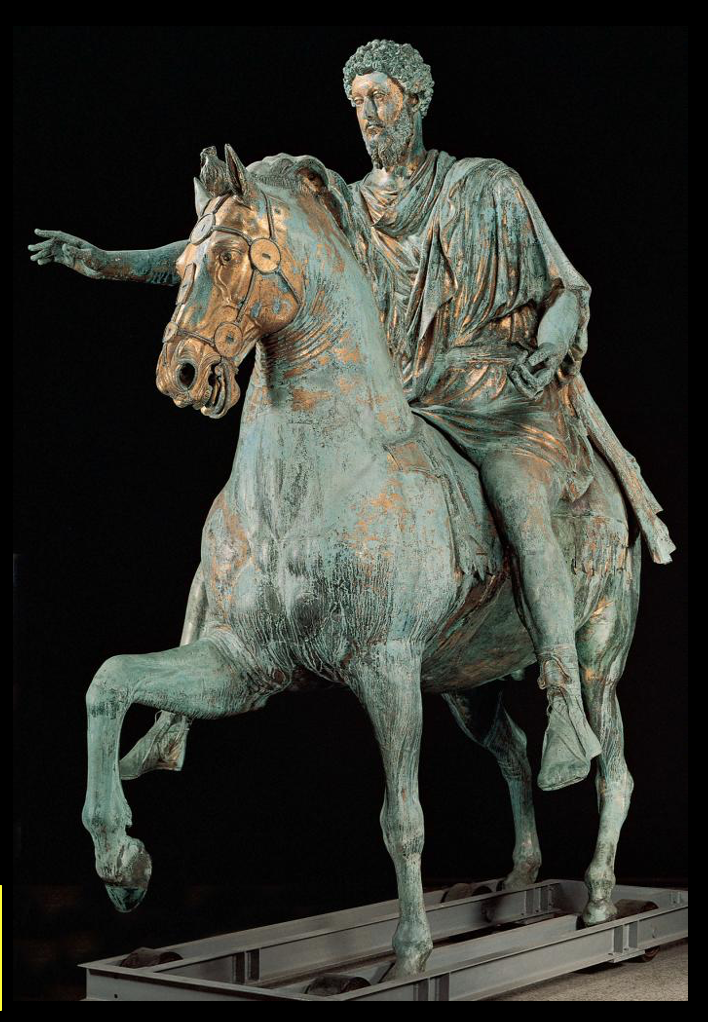
Fig. 14-8 Equestrian statue of Marcus Aurelius, from Rome, ca. 175. Bronze
21
New cards
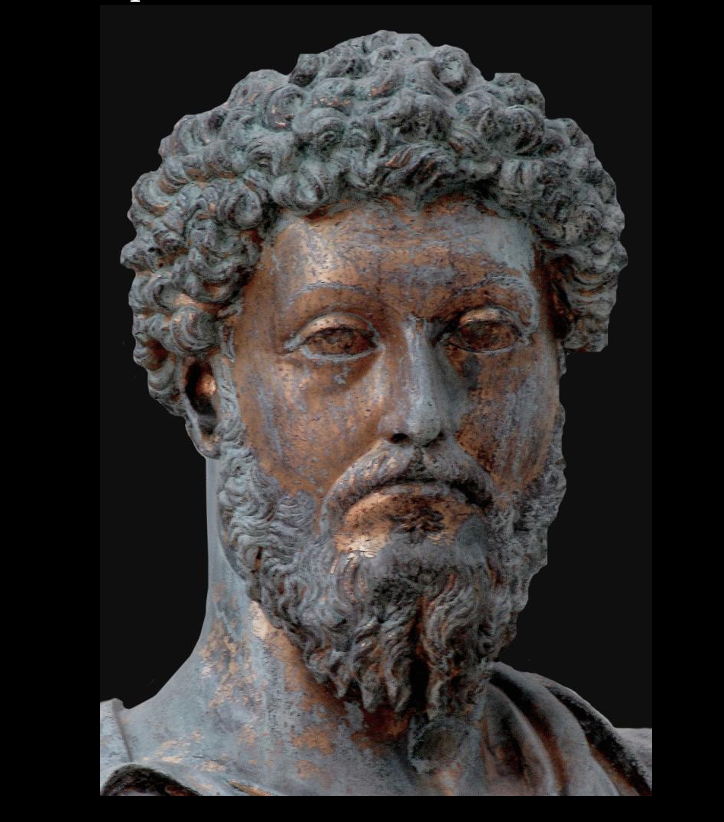
detail of the face of the Equestrian statue of Marcus Aurelius
22
New cards

Fig. 14-17A Adlocutio and presentation of prisoners, two panels from a lost arch of Marcus Aurelius, Rome, ca. 176–180, reused on the Arch of Constantine (fig. 21-6). Marble
23
New cards
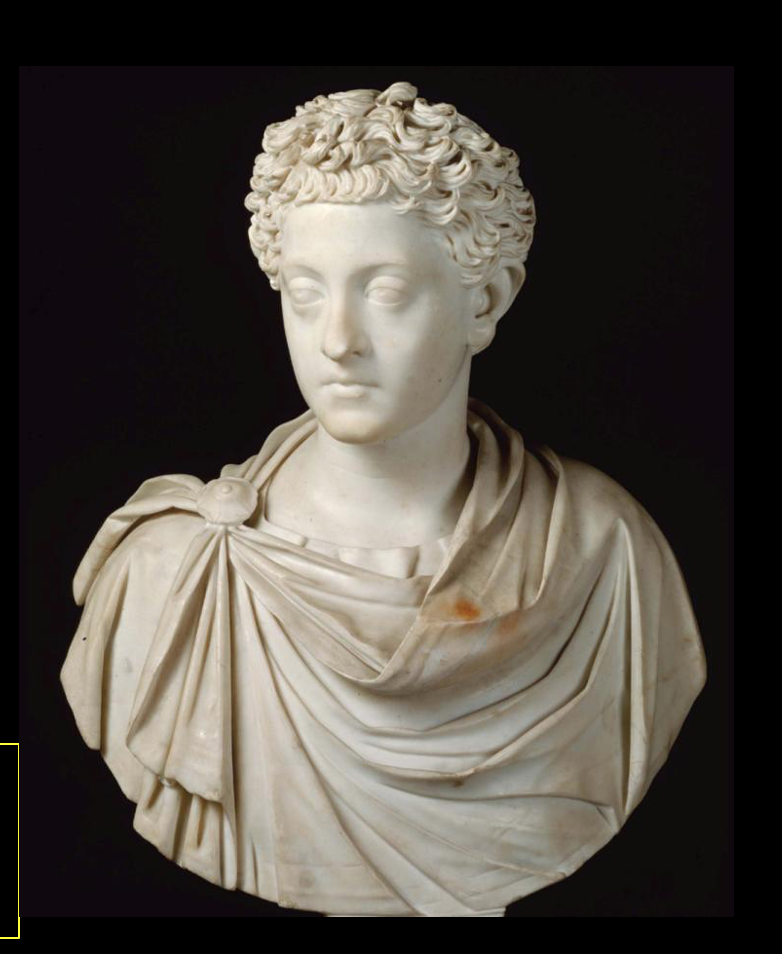
Fig. 14-12 Bust of young Commodus, from Lanuvium, ca. 175–177. Marble
24
New cards
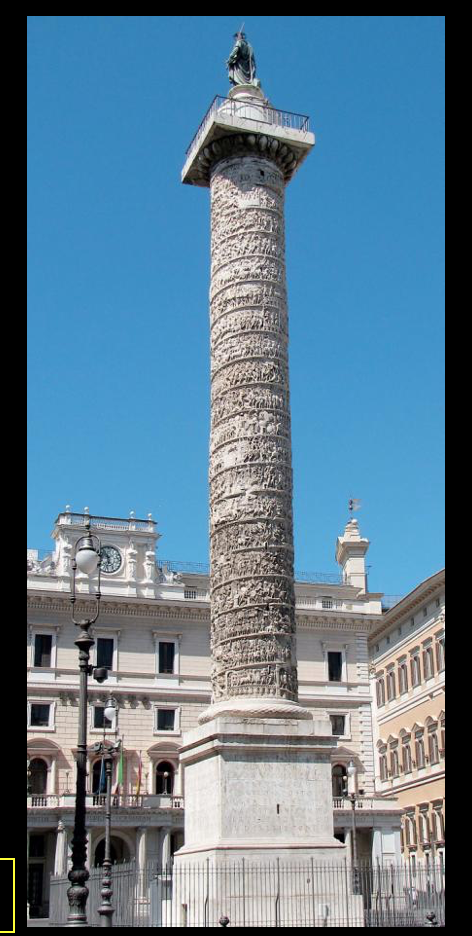
Fig. 14-21 Column of Marcus Aurelius (looking northwest), Rome, ca. 176–180
25
New cards

Fig. 14-22A Adlocutio, detail of the spiral frieze of the Column of Marcus Aurelius
26
New cards
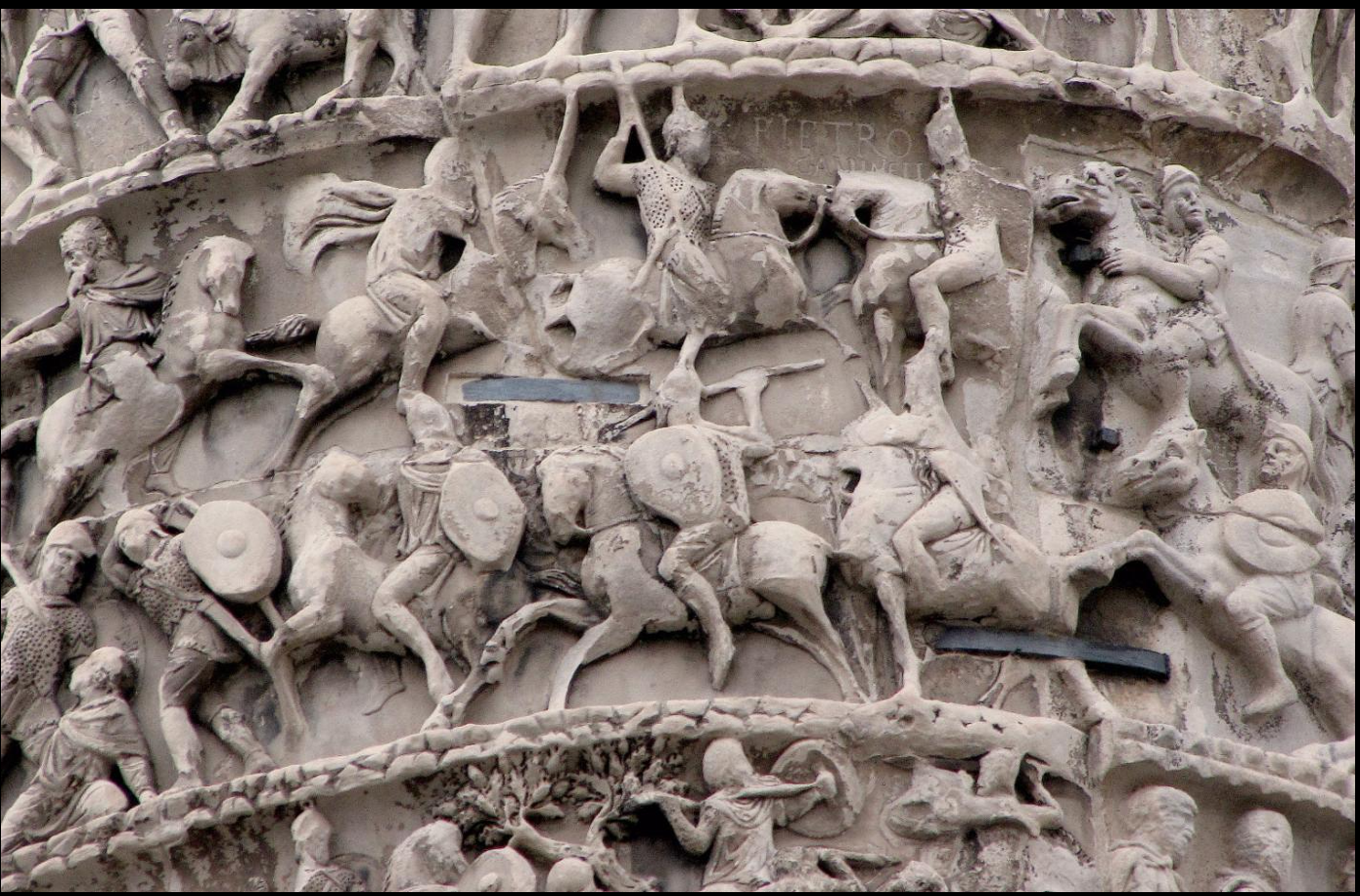
Fig. 14-24C Cavalry battle, detail of the spiral frieze of the Column of Marcus Aurelius
27
New cards
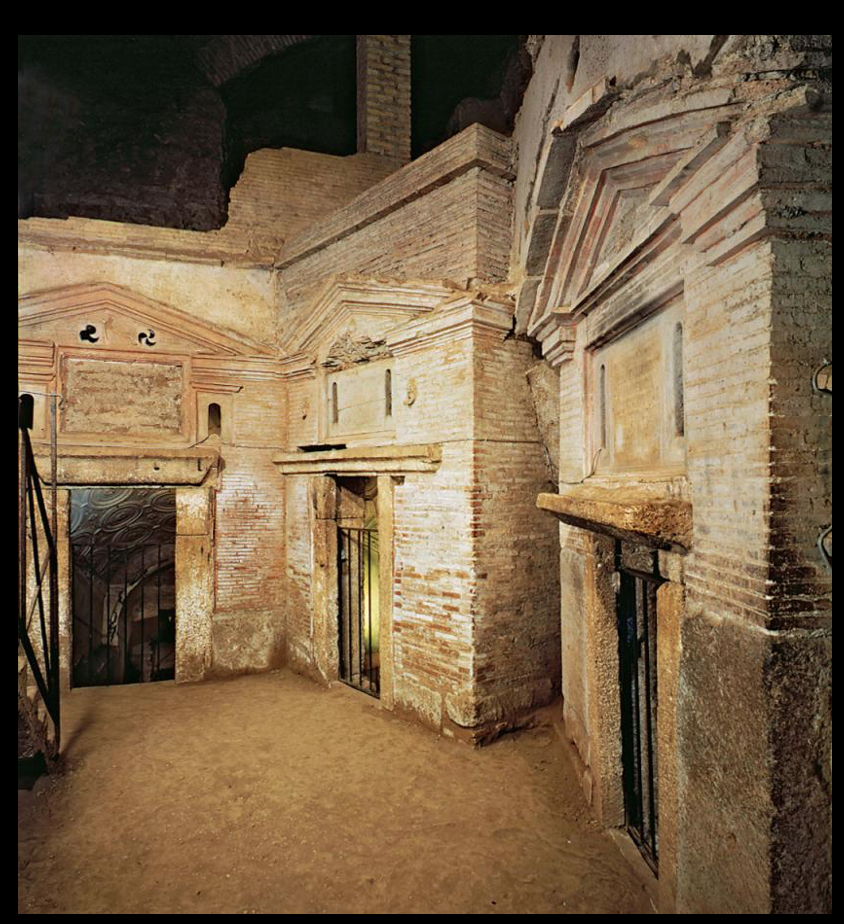
Fig. 15-18 Roman tombs, Catacomb of Saint Sebastian, Via Appia, Rome, 150 – 200 CE
28
New cards
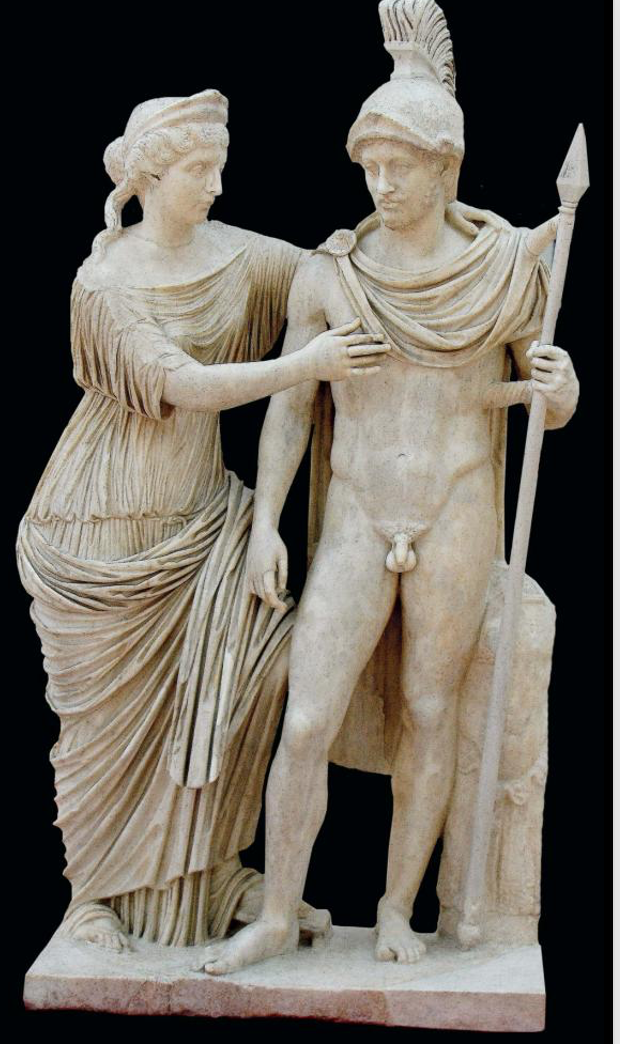
Fig. 16-8 Man and woman in the guise of Mars and Venus, from the Isola Sacra necropolis, Ostia, \n ca. 145–150. Marble
29
New cards
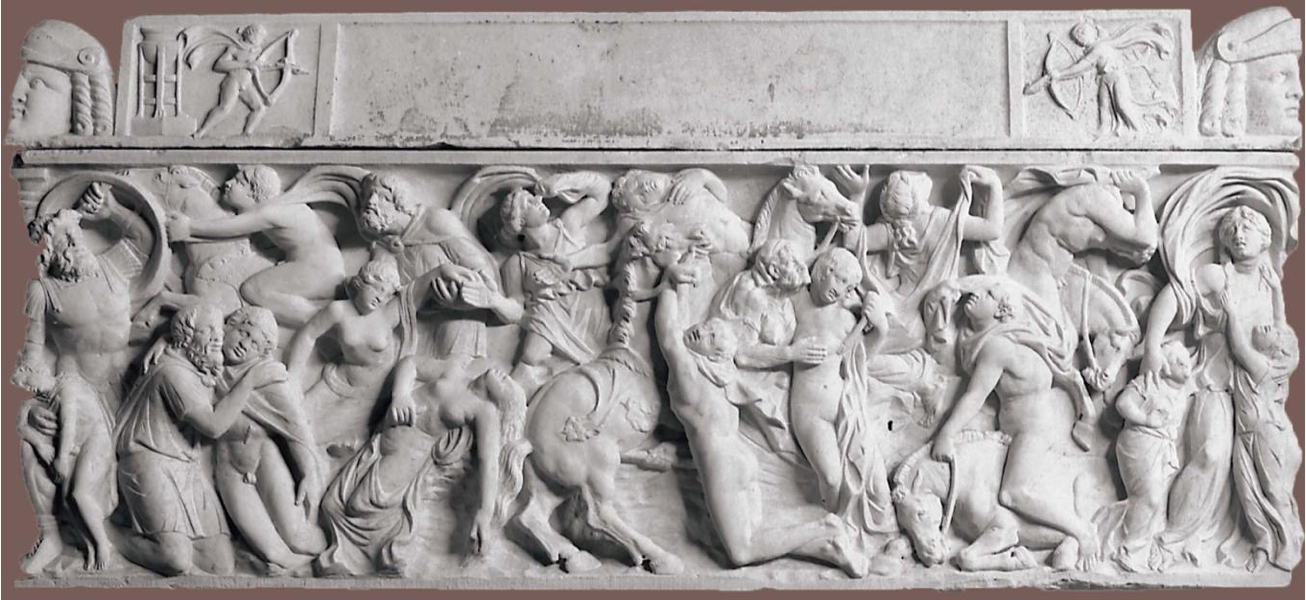
Fig. 16-2 Sarcophagus with massacre of the Niobids, from a tomb outside the Porta Viminalis, Rome, ca. 134–140. Marble
30
New cards
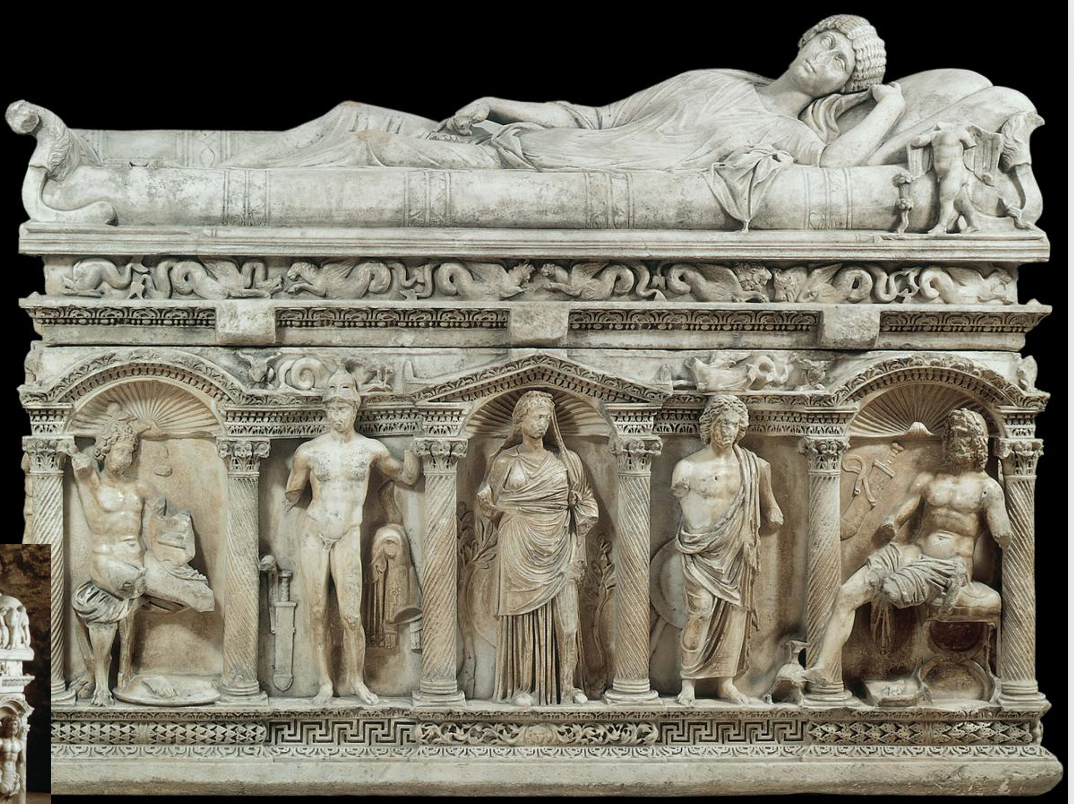
Fig. 16-7 Sarcophagus with kline portrait of a woman, from Rapolla, near Melfi, ca. 165–170. Marble
31
New cards
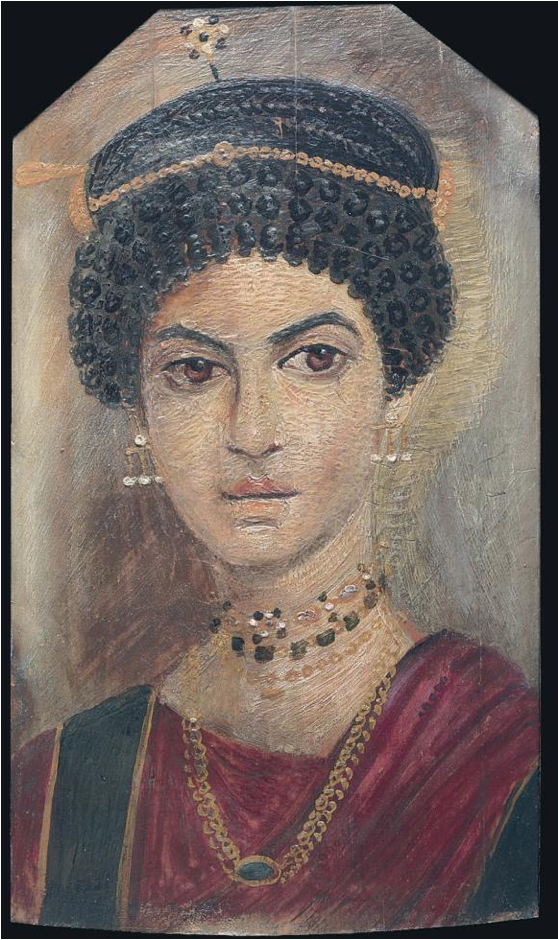
Fig. 16-15 Mummy portrait of a young woman, from Hawara, Egypt, ca. 110–120. Encaustic on wood